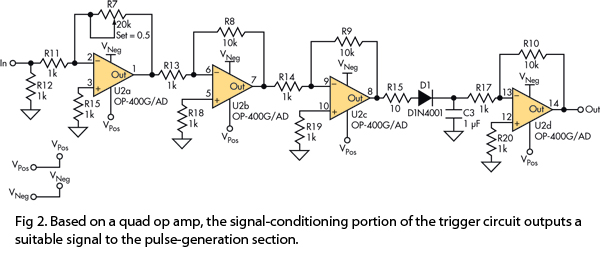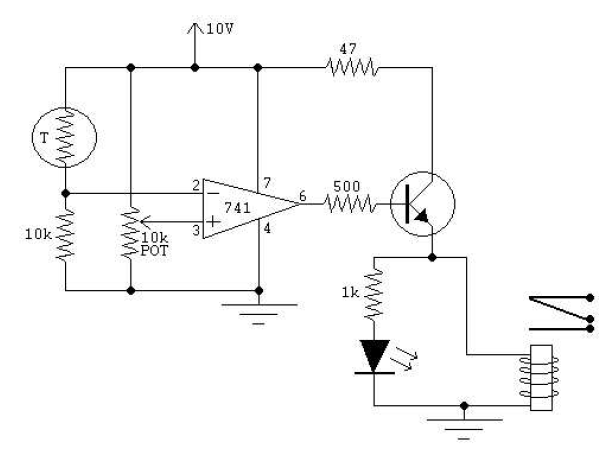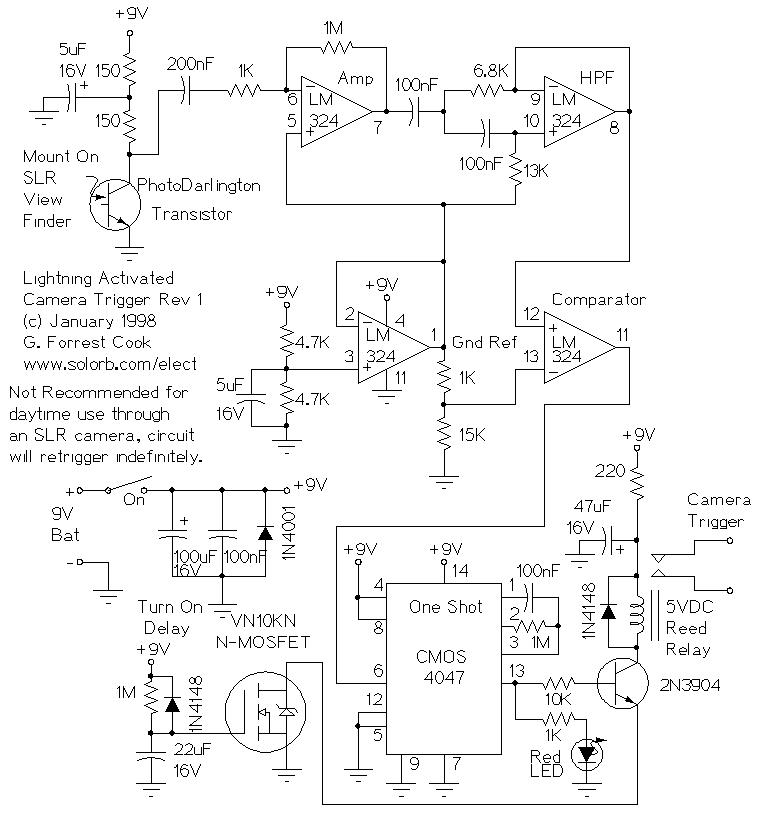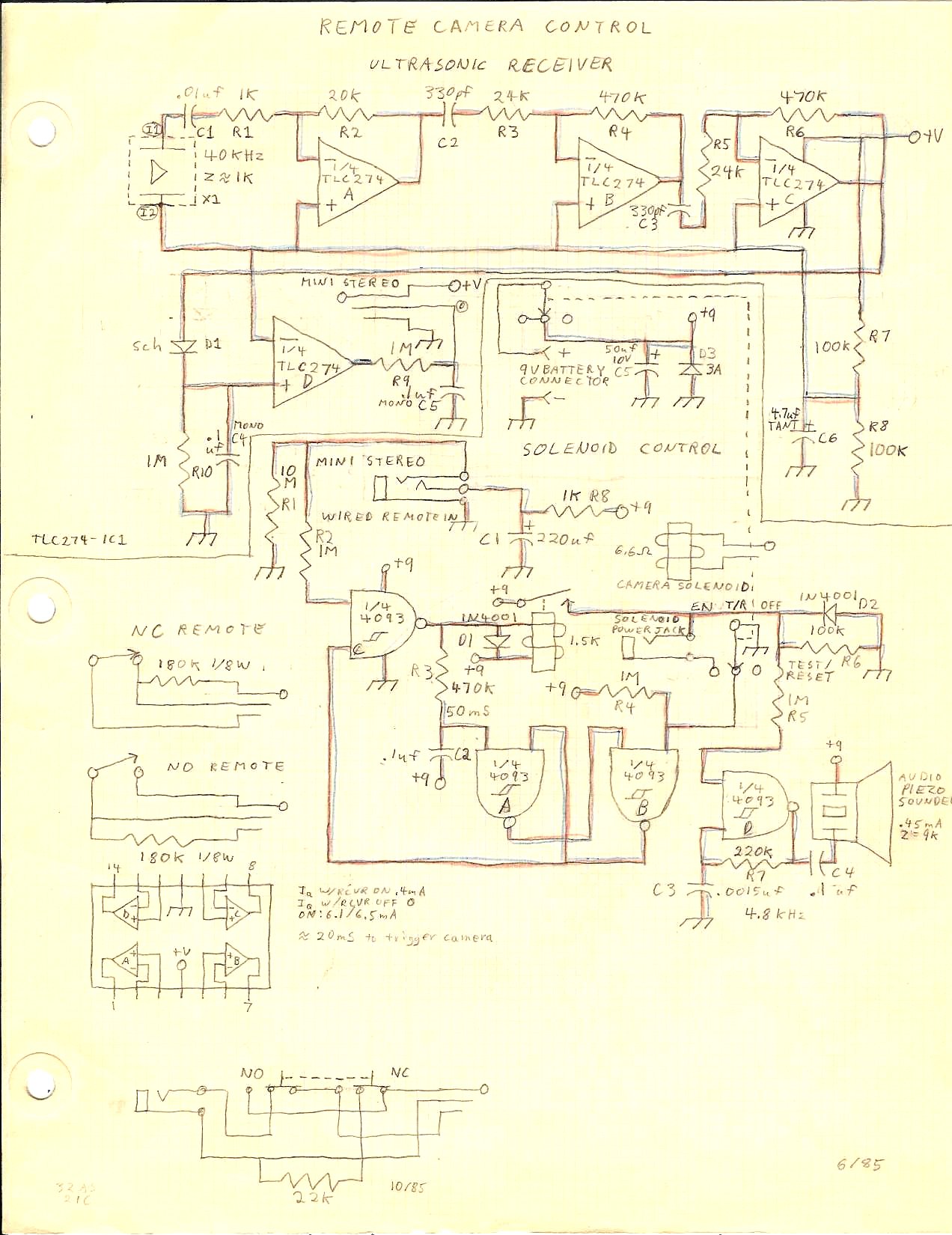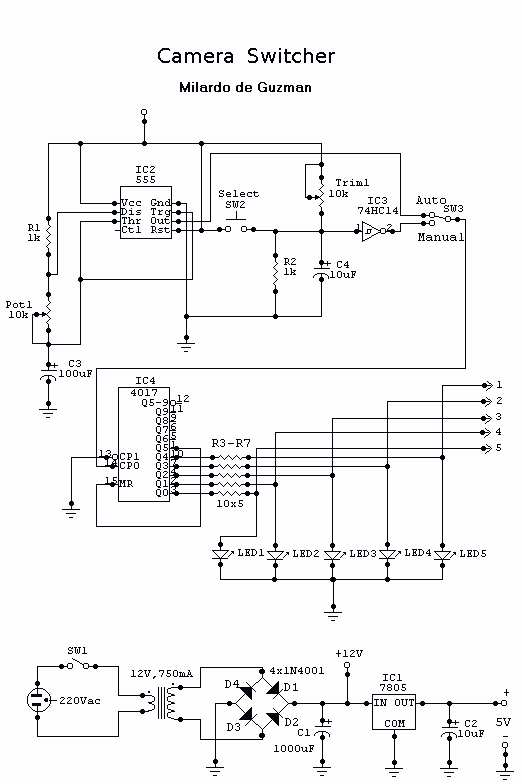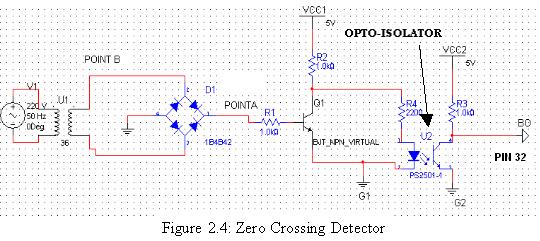
Building a Better Cam Trap
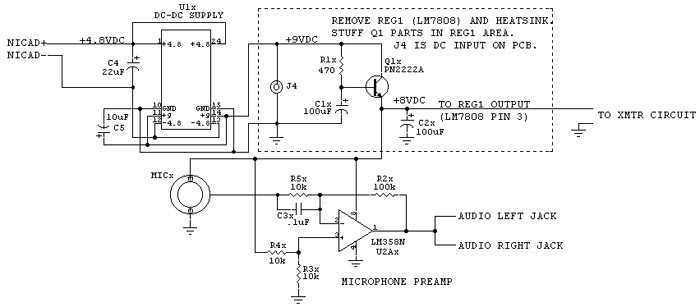
The improved system is called RC-CAM2. It works better and it costs less than my earlier attempt to get a wireless video system on my flying model. The only caveat is that there is some assembly (or disassembly as you will soon find out) required.
The RC-CAM2 system is designed to provide an efficient and cost-effective solution for transmitting video wirelessly from a flying model, such as a drone or remote-controlled aircraft. The system likely incorporates a combination of a camera module, a video transmitter, and a receiver unit that can be integrated into the model.
The camera module is expected to be lightweight, with a resolution suitable for real-time video transmission. It may utilize CMOS technology for low power consumption and high frame rates. The video transmitter is likely to operate in the 5.8 GHz frequency band, which is commonly used for FPV (first-person view) applications, ensuring minimal interference and a stable video feed.
The assembly process may involve securely mounting the camera on the model, connecting it to the video transmitter, and ensuring that the transmitter is powered adequately, possibly through the model's battery system. The receiver unit can be connected to a display device, such as a monitor or FPV goggles, allowing the operator to view the video feed in real-time.
The design should also consider the weight distribution and aerodynamics of the model, as additional components can affect flight performance. Proper antenna placement for the transmitter and receiver is crucial to maximize range and minimize signal loss.
Overall, the RC-CAM2 system represents a significant advancement in wireless video technology for remote-controlled models, providing enhanced performance and affordability, while requiring some user engagement in the assembly process to ensure optimal functionality.The improved system is called RC-CAM2. It works better AND it costs less than my earlier attempt to get a wireless video system on my flying model. The only caveat is that there is some assembly (or disassembly as you will soon find out) required. 🔗 External reference
The RC-CAM2 system is designed to provide an efficient and cost-effective solution for transmitting video wirelessly from a flying model, such as a drone or remote-controlled aircraft. The system likely incorporates a combination of a camera module, a video transmitter, and a receiver unit that can be integrated into the model.
The camera module is expected to be lightweight, with a resolution suitable for real-time video transmission. It may utilize CMOS technology for low power consumption and high frame rates. The video transmitter is likely to operate in the 5.8 GHz frequency band, which is commonly used for FPV (first-person view) applications, ensuring minimal interference and a stable video feed.
The assembly process may involve securely mounting the camera on the model, connecting it to the video transmitter, and ensuring that the transmitter is powered adequately, possibly through the model's battery system. The receiver unit can be connected to a display device, such as a monitor or FPV goggles, allowing the operator to view the video feed in real-time.
The design should also consider the weight distribution and aerodynamics of the model, as additional components can affect flight performance. Proper antenna placement for the transmitter and receiver is crucial to maximize range and minimize signal loss.
Overall, the RC-CAM2 system represents a significant advancement in wireless video technology for remote-controlled models, providing enhanced performance and affordability, while requiring some user engagement in the assembly process to ensure optimal functionality.The improved system is called RC-CAM2. It works better AND it costs less than my earlier attempt to get a wireless video system on my flying model. The only caveat is that there is some assembly (or disassembly as you will soon find out) required. 🔗 External reference
